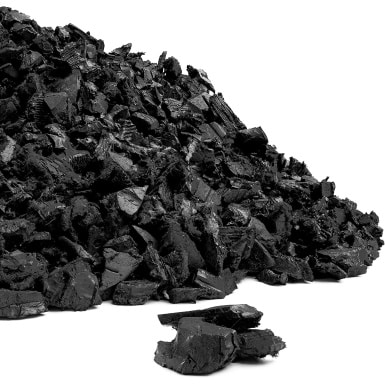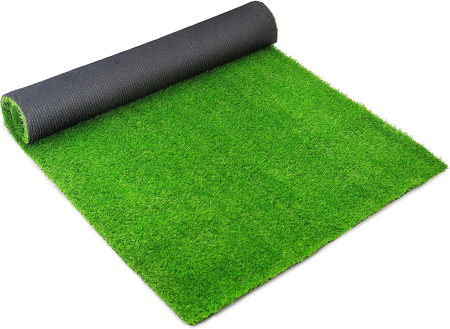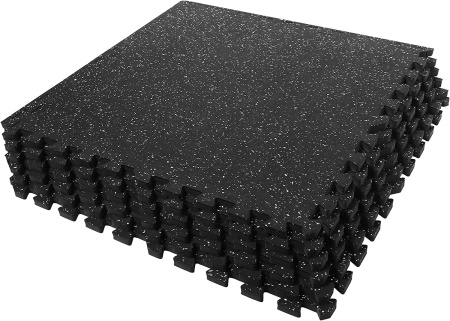What Are the Best Mulches for Playgrounds? 5 Great Options
-
Pete Ortiz
- Last updated:
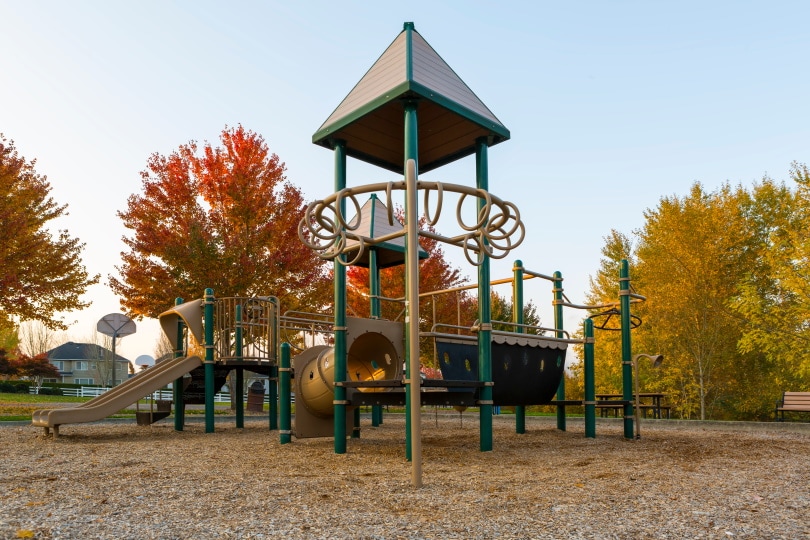
In farming, mulching is a common term that implies using natural and artificial ground covers to suppress weeds and reduce water loss. However, on playgrounds, mulching plays a different role—it cushions kids against injuring themselves when falling. Thus, there is something special about the playground mulch’s choice of material and its properties.
In this article, we will discuss 5 different types of playground mulches.
The 5 Best Mulches for Playgrounds
1. Rubber Nuggets
This is a type of mulch made from recycling old tires or processing synthetic rubber. The transformation process begins by bringing old tires from passenger vehicles and trucks into recycling facilities. They are then shredded down before removing steel bands. At this stage, washing also occurs to remove dirt and loose rubber particles. Sorting and packaging occur at the last stage.
- Excellent impact absorption
- Little maintenance
- Different sizes available
- Durable
- Suppresses weeds
- Heat insulation
- Not eco-friendly and may contaminate the soil
2. Pine Bark Mulch
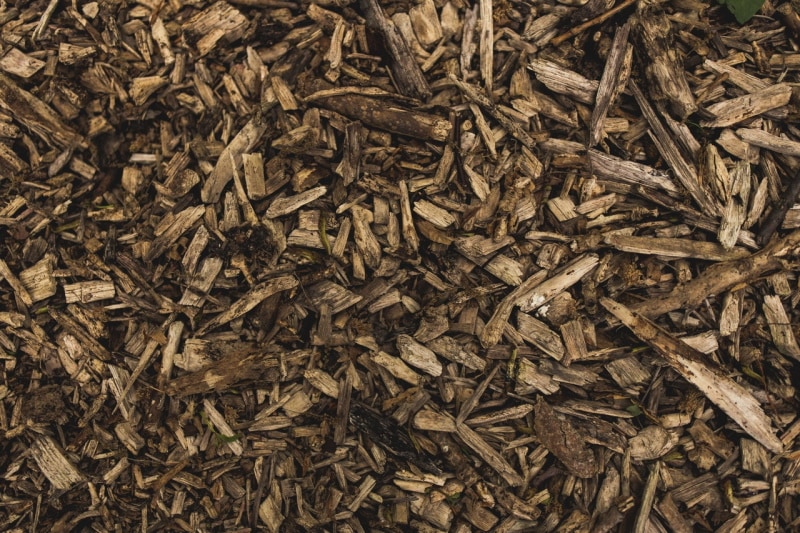
This mulch is made by grinding down the dried bark of pine trees. It is good if you are looking for a durable and aesthetically appealing cover. Compared to other trees, pine bark mulches’ natural colors vary from beautiful dark brown to red.
Even though it has less shock-absorbing properties, a 9-inch layer can effectively protect a child from a 7-foot fall.
- Slip-resistant
- Readily available
- Wide choice of sizes
- Decomposes over time
3. Artificial Turf
Playground covers must be eye-catching as well as protect kids from the hard ground. Additionally, they must be easy to take care of, don’t retain water, and be durable. With a lifespan of over 15 years, artificial turfs are durable, have a glamorous deep green color, and don’t hold water.
The turf starts life from plastic granules, UV stabilizers, and coloring agents. The ingredients are mixed together, melted down, and forced through an extruder head to form individual fibers. A tufting machine and needles will then form the artificial carpet. The type of fibers, their height, and the space between needles determine the appearance of the carpet.
Carpets with densely packed fibers of 4+ inches in height are preferred for the outdoors.
The only problems with artificial turf mulches are they are expensive to install and they do degrade over time.
- Long-lasting
- Soft
- Don’t hold water
- Expensive
4. Rubber Tiles
The presence of rubber tiles has become a staple in indoor and outdoor playing facilities. Preschools and gyms use them for various reasons, mostly due to the convenience of having been molded into specific shapes and sizes to interlock with each other. Besides, you can reduce their size by trimming off edges to fit on irregular pitches. They are bouncy and offer more protection in that no sharp objects can hide in the tiles without being spotted.
The cons of rubber tiles are that they fade under the sun and require flat concrete surfaces to install. They are best suited for indoor use.
- Easy to install
- Bouncy
- Safe
- Best for indoor use
- Can be installed on flat surfaces only
5. Sand
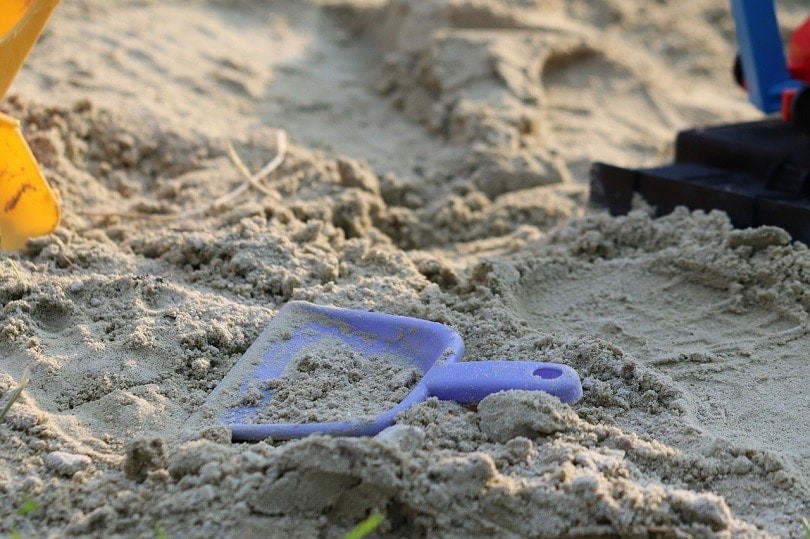
Sand is a go-to mulching material because it is locally available, cheap, and easy to maintain. What is more, it’s safe to fall on, and if you are after natural products, it takes the gold medal. On the downside, sand requires treatment against harmful pathogens before using it and is fairly high maintenance.
- Inexpensive
- Easy to find
- Safe
- Natural
- High maintenance
- Must be treated before use
Conclusion
Playground mulching involves using soft materials that will cushion a child against the hard ground. Synthetic mulches such as rubber nuggets, artificial turfs, and rubber tiles are soft and bouncy and offer the best protection but at the expense of potentially releasing toxic substances to the soil plus costly installations.
Natural mulches include sand and pine bark. The materials are readily available and inexpensive and add natural colors to the playground.
Featured Image Credit: Thye-Wee Gn Shutterstock
Contents


